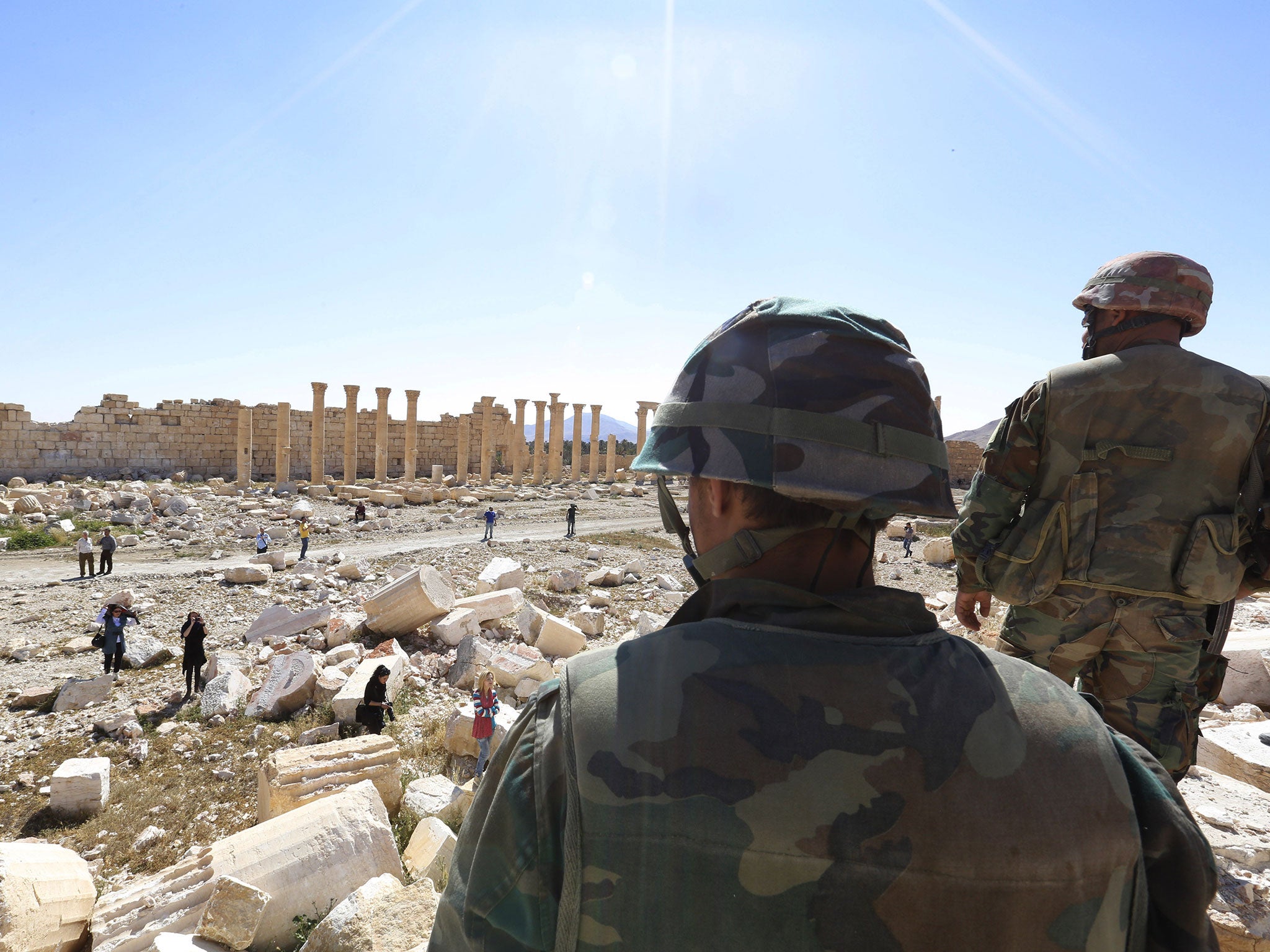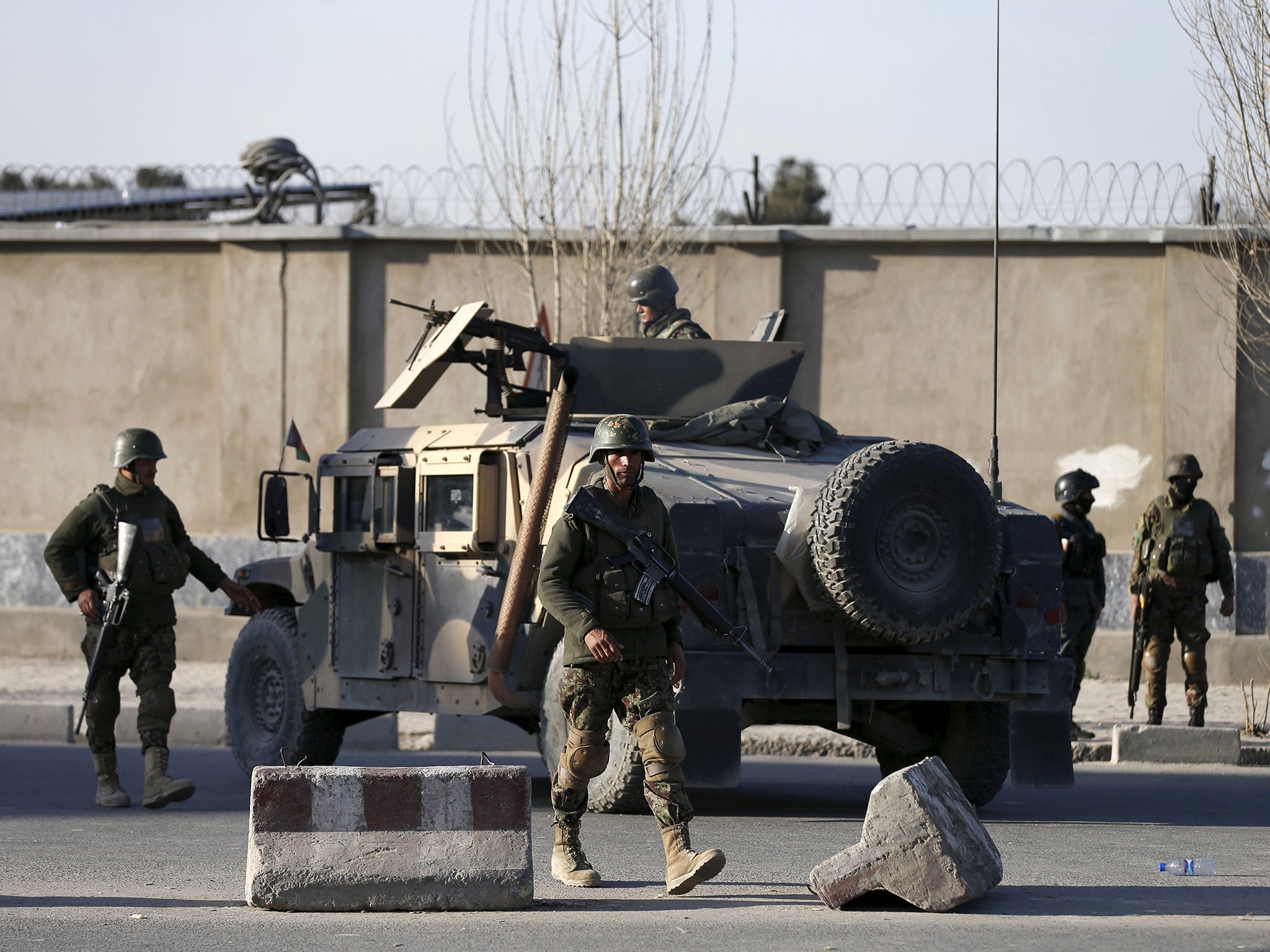Isis manpower 'down to lowest levels since 2014' as territorial losses continue in Iraq and Syria
US officials hailed the achievement but an Afghan politician warned of the rise of the Taliban and al-Qaeda

Your support helps us to tell the story
From reproductive rights to climate change to Big Tech, The Independent is on the ground when the story is developing. Whether it's investigating the financials of Elon Musk's pro-Trump PAC or producing our latest documentary, 'The A Word', which shines a light on the American women fighting for reproductive rights, we know how important it is to parse out the facts from the messaging.
At such a critical moment in US history, we need reporters on the ground. Your donation allows us to keep sending journalists to speak to both sides of the story.
The Independent is trusted by Americans across the entire political spectrum. And unlike many other quality news outlets, we choose not to lock Americans out of our reporting and analysis with paywalls. We believe quality journalism should be available to everyone, paid for by those who can afford it.
Your support makes all the difference.Defence officials have warned of the rising threat of al-Qaeda and the Taliban as Isis loses territory and fighters in Iraq and Syria.
Afghanistan’s defence minister, Masoom Stanikzai, said al-Qaeda was expanding in his country as the security situation deteriorates.
“They are really very active,” he told CNN. “They are working in quiet and reorganizing themselves and preparing themselves for bigger attacks.

“They are working behind other networks, giving them support and the experience they had in different places.”
A training camp run by the terrorist group in Kandahar province was recently destroyed but dramatically increased the estimated number of militants present in the country.
Afghanistan is the home of the Taliban fundamentalist movement, which was in power between 1996 and 2001 and has been fighting an insurgency ever since.
There is mounting concern over links between the group and a resurgent al-Qaeda, while Isis is also attempting to expand its presence in Afghanistan.
American officials have hailed recent losses for the so-called Islamic State in Iraq and Syria but militants boasted of their supposed expansion via affiliates across the Middle East, Africa and South East Asia in the group’s official propaganda magazine.
Antony Blinken, the Deputy Secretary of State, recently outlined significant territory losses resulting from air strikes and ground operations.
“Working with local partners, we have taken back 40 per cent of the territory Daesh (Isis) controlled a year ago in Iraq and 10 per cent in Syria- killing senior leaders, destroying thousands of pieces of equipment, all the while applying simultaneous pressure against key chock points and isolating its bases in Mosul and Raqqa,” he said.
“We assess Daesh’s numbers are the lowest they’ve been since we began monitoring their manpower in 2014.”
Mr Blinken said a “comprehensive strategy” was being implemented, including training and equipping allies, stopping the flow of foreign fighters and choking Isis finances.
“In each of these areas, we are making real progress,” he added in an address to Washington’s Brookings Institute in February.
“These hard-fought victories undermine more than Daesh’s fighting force. They erode the narrative it has built of its own success—the perception of which remains one of Daesh’s most effective recruiting tools.”
In September 2014, a US intelligence official told AFP that the CIA believed the group could put between 20,000 and 31,500 fighters in the field.
Since that estimate, Russia has started supporting the Syrian government with air strikes and Isis has been driven out of the cities of Tikrit and Ramadi in Iraq, and Palmyra in Syria.
Fighters’ salaries were reportedly halved earlier this year and a string of money-making schemes were imposed on civilians living in its territories amid a military campaign targeting oil revenue.
The US-led coalition has been bombing the terrorist group’s oil fields, supply lines and cash stores since October as part of Operation Tidal Wave II, and an Isis document warning of cuts due to “exceptional circumstances” appeared to show it working.
When British planes extended operations from Iraq into Syria in December, Isis’ Omar oilfields were the first target and Tornadoes and drones have returned to destroy attempted repairs.
A “cash distribution centre” reportedly used to pay fighters was also hit by US planes on 11 January near its Iraqi stronghold of Mosul, with footage showing clouds of money blown into the air.
General Lloyd Austin, head of the US Central Command, told reporters in January that it had deprived the group of “millions of dollars”.
Subscribe to Independent Premium to bookmark this article
Want to bookmark your favourite articles and stories to read or reference later? Start your Independent Premium subscription today.
Join our commenting forum
Join thought-provoking conversations, follow other Independent readers and see their replies
Comments